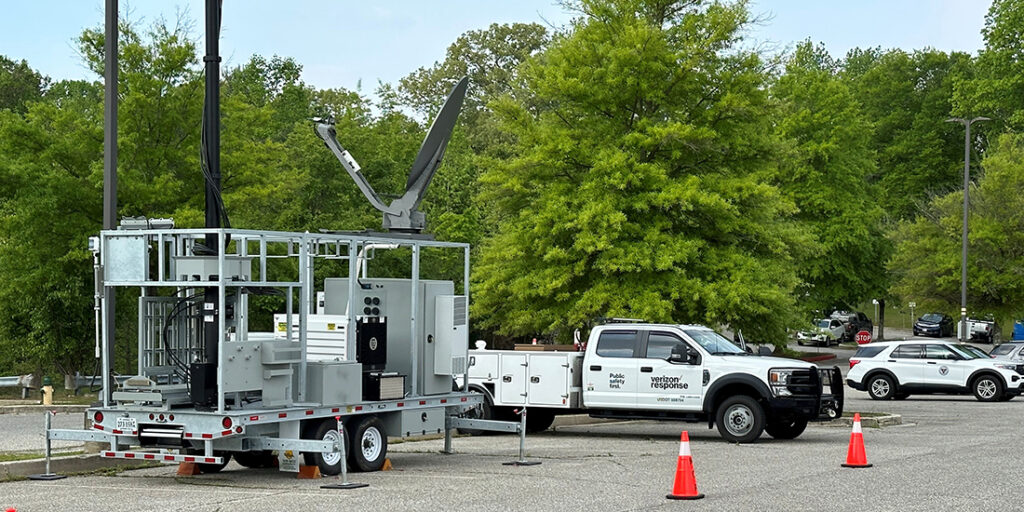CBRNE

Emergency Management on Defense, Homeland Security on Offense
- Michael Prasad
While some professionals believe that emergency management should revisit civil defense roles in emergency management, others support maintaining a separation between homeland defense and emergency management roles. This article is a counterpoint to the creation of a “Sixth Framework” for emergency management.
Most Recent

A Sixth Framework? Civil Defense and the Future of Emergency Management
George M. Schwartz
August 27, 2025
Comprehensive emergency management in the U.S. evolved from World War II and Cold War-era civil defense, but today, civil defense plays little to no role in emergency management policy. With most Americans expecting a major conflict within the next decade, it is time for a sixth framework.

The Evolving Landscape of Domestic Extremism
Richard Schoeberl
August 20, 2025
Extremism in its many forms remains a growing threat in the U.S. There is heightened concern about ongoing violent extremist reactions to both domestic sociopolitical developments and international events that may be used to justify attacks. Countering this threat requires a comprehensive strategy, including improved intelligence efforts, stronger partnerships, and

Preparing Small Communities for Terrorist Attacks
Rodney Andreasen
August 13, 2025
Terrorist attacks have broad psychological, social, and economic impacts that often extend beyond the initial target. While large cities are typical targets due to their prominence, smaller communities are not immune, and an attack could overwhelm limited resources and devastate a community.

A Regional Approach to Public Safety Communications Planning
Charles (Charley) Bryson
April 16, 2025
Despite significant investments in public safety, critical training gaps for first responders persist. Regional planning committees, established by the FCC in the 1980s to manage public safety radio frequencies, remain key to improving interoperability. Learn about ongoing efforts—both regional and national—to close communication gaps and improve coordinated emergency response.
CBRNE Archives
Emergency Management on Defense, Homeland Security on Offense
Michael Prasad
September 17, 2025
While some professionals believe that emergency management should revisit civil defense roles in emergency management, others support maintaining a separation between homeland defense and emergency
Fortress at Risk: Critical Infrastructure and Violent Extremism
Thomas Brzozowski
August 27, 2025
Extremism gives rise to individuals, groups, and networks who see critical infrastructure as a prime target for violence. In reality, the concept of a shared-responsibility
A Sixth Framework? Civil Defense and the Future of Emergency Management
George M. Schwartz
August 27, 2025
Comprehensive emergency management in the U.S. evolved from World War II and Cold War-era civil defense, but today, civil defense plays little to no role
The Evolving Landscape of Domestic Extremism
Richard Schoeberl
August 20, 2025
Extremism in its many forms remains a growing threat in the U.S. There is heightened concern about ongoing violent extremist reactions to both domestic sociopolitical
Preparing Small Communities for Terrorist Attacks
Rodney Andreasen
August 13, 2025
Terrorist attacks have broad psychological, social, and economic impacts that often extend beyond the initial target. While large cities are typical targets due to their
A Regional Approach to Public Safety Communications Planning
Charles (Charley) Bryson
April 16, 2025
Despite significant investments in public safety, critical training gaps for first responders persist. Regional planning committees, established by the FCC in the 1980s to manage
Follow Us
Get Instant Access
Subscribe today to Domestic Preparedness and get real-world insights for safer communities.
CBRNE
Most Recent

The Societal and Economic Dangers of Agroterrorism
Michael (Mike) Nicholls
March 12, 2025
While Ireland’s potato blight was destructive to the Irish population, modern agroterror attacks could be designed to hurt a nation’s

Cost Analysis: Protecting the Grid and Electronics from an EMP
The Foundation for Infrastructure Resilience
March 12, 2025
Because modern societies are increasingly reliant on electronics, they are more vulnerable to the effects of an electromagnetic pulse event.

Imagining the U.S. Without Power: A Dual-World EMP Exercise
Charles (Chuck) L. Manto, K. Luke Reiner and Dave Hunt
February 12, 2025
A dual-world tabletop exercise simulating an electromagnetic pulse event in Chicopee, Massachusetts, revealed startling discrepancies in outcomes between the city’s

Emergency Management of Tomorrow: Emerging Technologies and Concepts
Dan Cotter, Christina Bapst-Stump, Ann Lesperance and Rachel A. Bartholomew
December 11, 2024
More frequent and intense disasters put pressure on emergency managers and emergency operations centers to share and analyze data faster
CBRNE Archives
Emergency Management on Defense, Homeland Security on Offense
Michael Prasad
September 17, 2025
While some professionals believe that emergency management should revisit civil defense roles in emergency management, others support maintaining a separation between homeland defense and emergency
Fortress at Risk: Critical Infrastructure and Violent Extremism
Thomas Brzozowski
August 27, 2025
Extremism gives rise to individuals, groups, and networks who see critical infrastructure as a prime target for violence. In reality, the concept of a shared-responsibility
A Sixth Framework? Civil Defense and the Future of Emergency Management
George M. Schwartz
August 27, 2025
Comprehensive emergency management in the U.S. evolved from World War II and Cold War-era civil defense, but today, civil defense plays little to no role
The Evolving Landscape of Domestic Extremism
Richard Schoeberl
August 20, 2025
Extremism in its many forms remains a growing threat in the U.S. There is heightened concern about ongoing violent extremist reactions to both domestic sociopolitical
Preparing Small Communities for Terrorist Attacks
Rodney Andreasen
August 13, 2025
Terrorist attacks have broad psychological, social, and economic impacts that often extend beyond the initial target. While large cities are typical targets due to their
A Regional Approach to Public Safety Communications Planning
Charles (Charley) Bryson
April 16, 2025
Despite significant investments in public safety, critical training gaps for first responders persist. Regional planning committees, established by the FCC in the 1980s to manage
Follow Us
Get Instant Access
Subscribe today to Domestic Preparedness and get real-world insights for safer communities.

